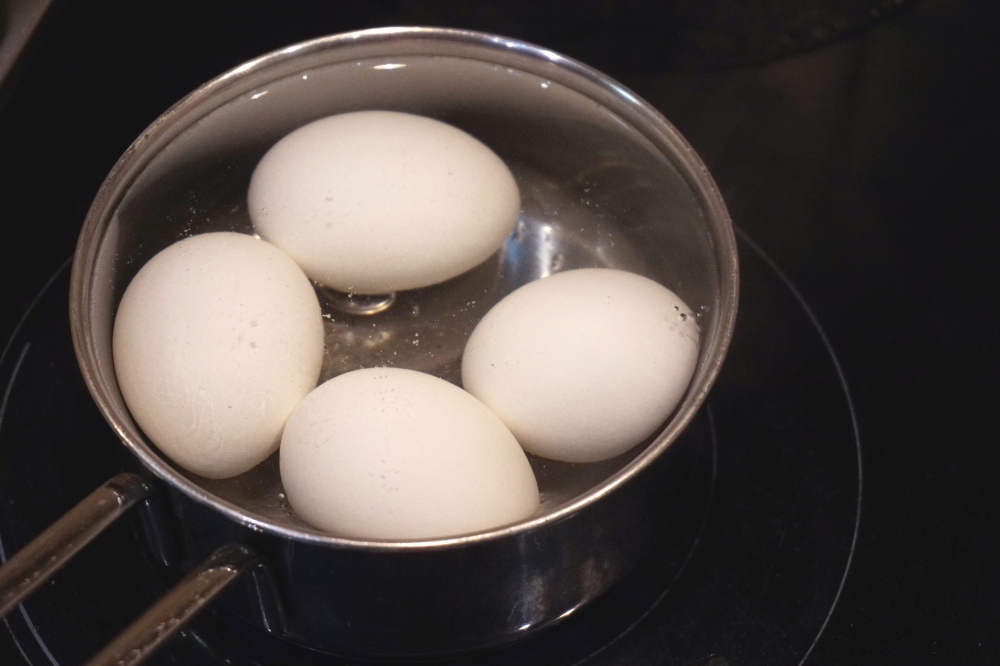Intermittent fasting is not a diet, but rather a way of eating. This system doesn't tell you what you need to eat, but when you need to do it. The regime consists of periods when you eat, which are replaced by periods of abstinence from food.
You do not need to starve for a long time to lose weight, it is enough to do it for a short time. Intermittent fasting has gained great popularity in recent years. The idea of such fasting is to not get any food in a certain short period of time. This method promises rapid weight loss, improved metabolism and even helps to prolong life.
Intermittent fasting is not a diet, but a way of eating.
Benefits of intermittent fasting Methods of intermittent fasting
This system doesn't tell you what you need to eat, but when you need to do it. The regime consists of periods when you eat, which are replaced by periods of abstinence from food.
It is believed that fasting is an evolutionary feature, and our body copes well with food restriction. Our ancestors did not always have food in abundance, and it was not possible to store food in refrigerators or go to supermarkets, and therefore the body is accustomed to long periods of fasting.
We can say that temporary restrictions in food are more natural for us than eating 3-4 times a day.
Simply put, what you eat is effectively digested during fasting. The fasting period is usually longer than the period when you eat. Once you've digested the food and you don't get any other food, your body has no other way but to burn calorie stores.
The benefits of intermittent fasting
Experts call several advantages of intermittent fasting:
Promotes Weight Loss Without Severe Calorie Restriction
Reduces insulin resistance and blood sugar levels, protecting against type 2 diabetes.Reduces inflammation and oxidative damage in the body, preventing aging.
Reduces risk factors for hypertension and high cholesterol.Animal studies have shown that intermittent fasting prevents the development of cancer.
Promotes the growth of new nerve cells and protects the brain from damage, preventing Alzheimer's disease.
It is not surprising that with all the popularity of this system, various types of intermittent fasting have appeared.
All of them are considered effective, and the choice depends on the personal preferences of the person.
Methods of interval fasting
1. 16/8 method: no meal 16 hours a day
The 16/8 method is that you eat for 8-10 hours and then don't take any food for 14-16 hours.
During the "window" when you are allowed to eat, you may have 2 or more meals.
This method is known as the Leangains protocol and was proposed by fitness expert Martin Berkhan.
This system is very simple, and essentially you just don't eat anything after dinner and skip breakfast.
For example, if you finish dinner at 8 p.m. and then don't eat anything until 12 p.m. the next day, you starve for 16 hours between meals.
Women are advised to abstain from eating only 14-15 hours, as shorter periods of fasting have a better effect on health.
If you can not do without breakfast, it will be difficult for you to get used to this method. Many of those who skip breakfast instinctively eat on this system.
During fasting, you can drink coffee, water, and soft drinks to reduce hunger.
Also, during the "food window" it is better not to lean on junk food and not to overeat, otherwise the system will be ineffective.
This is one of the most natural methods of intermittent fasting and does not require much effort.
2. Method 5:2: diet 2 days a week
The 5:2 diet involves 5 days of normal nutrition and restrictions to 500-600 calories 2 days a week. This method of periodic "fasting" was proposed by the British journalist and doctor Michael Mosley (Michael Mosley).
On the days of restriction, women are recommended to eat about 500 calories, and men about 600.
For example, you eat as usual on all days except Monday and Thursday, when you eat two small portions (about 250 calories) a day.
There are no studies that have tested this particular system, but there have been many studies that have shown the benefits of intermittent fasting.
3. Eat-starve-eat: fasting 24 hours 1-2 times a week
The method consists in refusing to eat for 24 hours 1 or 2 times a week.
This method, proposed by fitness expert Brad Pilon, has been popular for several years.
So, for example, you can finish dinner on Monday at 19:00 and not eat until the next dinner until 19 hours.
You can also refrain from eating from breakfast to breakfast or from lunch to lunch. The end result will be the same.
Water, coffee and soft drinks are allowed, but not solid food.
If you are starving for weight loss, it is very important to eat normally in the rest of the time. That is, the amount of food consumed should be the same as if you did not starve at all.
The problem is that for many, fasting during the day is quite an ordeal.
However, you do not have to start with a 24-hour fast, but you can start with 14-16 hours and then increase the interval.
4. Fasting every other day
Fasting every other day suggests that you limit yourself to eating every other day. There are several ways of such fasting and some allow the consumption of about 500 calories on fasting days.
Many laboratory studies have shown that intermittent fasting has a positive effect on health.
Complete rejection of food may seem too extreme and is not recommended for beginners.
Adhering to this method, you will go to bed hungry several times a week, which is not very pleasant and can be an impossible task for many.
5. Warrior diet: fasting during the day, a portion of food at night
This power system was proposed by artist and former commando Ori Hofmekler.
The warrior diet assumes that during the day you eat some raw fruits and vegetables, and in the evening you have a hearty dinner.
In fact, you starve all day (20 hours), and before going to bed in the interval of 4 hours you have the opportunity to have a large meal.
The warrior diet was one of the first popular diets to apply the method of intermittent fasting.
At the same time, the choice of products is similar to the paleo-etiet - whole, unprocessed products, as they are represented in nature.
6. Spontaneous skipping meals
You don't have to stick to a clear structure of intermittent fasting to feel the benefits of this method.
You can simply skip a meal from time to time when you're not hungry or too busy to cook.
Many experts believe that eating at a strictly defined time is a mistake, and a person will not go into starvation mode and will not begin to lose muscle.
The human body is able to cope with long periods of hunger, not to mention skipping one or two meals from time to time.
So, if you are not very hungry on a day, you can skip breakfast and eat a healthy lunch and dinner. If you travel somewhere and are left without food for a while, arrange a short hunger strike.
Skipping 1-2 meals when you feel the need for it is a spontaneous method of intermittent fasting.
However, try to eat healthy foods during other meals.













 Рецепт любимого многими грибного супчика с плавленными сырками типа «Дружба» и картошкой. Готовится быстро и просто.
Рецепт любимого многими грибного супчика с плавленными сырками типа «Дружба» и картошкой. Готовится быстро и просто. Ингредиенты:
Ингредиенты: Лук почистить, измельчить
Лук почистить, измельчить Грибы вымыть, измельчить
Грибы вымыть, измельчить На сливочном или растительном масле подрумянить лук в течение 7-10 минут на среднем огне.
На сливочном или растительном масле подрумянить лук в течение 7-10 минут на среднем огне. Добавить грибы, обжаривать до испарения жидкости.
Добавить грибы, обжаривать до испарения жидкости. Плавленные сырки натереть на крупной терке.
Плавленные сырки натереть на крупной терке. Картофель почистить и нарезать небольшими кусочками.
Картофель почистить и нарезать небольшими кусочками. В кастрюле закипятить 1,5 л воды, забросить картофель и грибную пассеровку.
В кастрюле закипятить 1,5 л воды, забросить картофель и грибную пассеровку. Сразу же забросить и плавленный сыр.
Сразу же забросить и плавленный сыр. Посолить (1,5 ч.л. соли), поперчить, проварить суп еще 5 минут.
Посолить (1,5 ч.л. соли), поперчить, проварить суп еще 5 минут. Снять суп с плиты.
Снять суп с плиты. Разлить суп по тарелкам.
Разлить суп по тарелкам.



































































